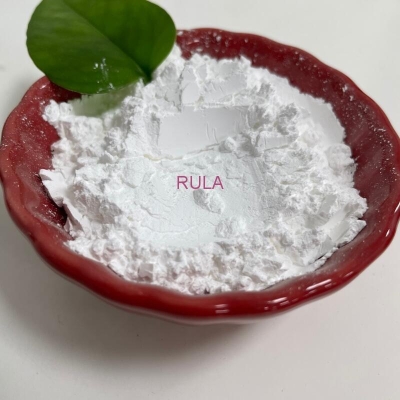-
Categories
-
Pharmaceutical Intermediates
-
Active Pharmaceutical Ingredients
-
Food Additives
- Industrial Coatings
- Agrochemicals
- Dyes and Pigments
- Surfactant
- Flavors and Fragrances
- Chemical Reagents
- Catalyst and Auxiliary
- Natural Products
- Inorganic Chemistry
-
Organic Chemistry
-
Biochemical Engineering
- Analytical Chemistry
- Cosmetic Ingredient
-
Pharmaceutical Intermediates
Promotion
ECHEMI Mall
Wholesale
Weekly Price
Exhibition
News
-
Trade Service
Introduction:
3-Fluoropyridine-4-boronic acid hydrate, also known as 3B-FPA, is a chemical compound that is commonly used in various industrial applications.
The production process of 3B-FPA involves several steps, including the synthesis of the starting materials, the formation of the hydrate, and the purification of the final product.
In this article, we will discuss the production process of 3B-FPA in detail.
Synthesis of Starting Materials:
The synthesis of 3B-FPA involves the formation of two starting materials: 3-fluoropyridine-2-boronic acid and ammonium borate.
The 3-fluoropyridine-2-boronic acid is synthesized by reacting p-fluoronitrobenzene with boric acid in the presence of a Lewis acid catalyst, such as aluminum chloride.
The ammonium borate is synthesized by reacting boric acid with ammonia in a reaction that is typically carried out at high temperatures and pressures.
Formation of Hydrate:
Once the starting materials have been synthesized, they are mixed together in the presence of a solvent, such as water or ethanol, to form a solution.
The solution is then allowed to stand for a period of time, during which the boronic acid and ammonium ions in the solution react to form the hydrate.
The specific conditions for the formation of the hydrate, such as the reaction time and temperature, can vary depending on the desired properties of the final product.
Purification of Final Product:
After the formation of the hydrate, the solution is typically filtered to remove any impurities that may have formed during the reaction.
The filtered solution is then precipitated using a salt, such as sodium chloride, to form a solid precipitate.
The precipitate is then washed with water to remove any impurities that may have adhered to the surface of the precipitate.
The resulting solid is then dried and milled to a fine powder.
Characterization of Final Product:
The final product is typically characterized using various analytical techniques, such as X-ray powder diffraction (XRPD), Fourier transform infrared spectroscopy (FTIR), and nuclear magnetic resonance spectroscopy (NMR).
XRPD can be used to determine the crystal structure and purity of the final product, while FTIR and NMR can be used to identify the functional groups present in the compound.
Conclusion:
In conclusion, the production process of 3B-FPA involves the synthesis of starting materials, the formation of the hydrate, and the purification of the final product.
The specific steps in the process can vary depending on the desired properties of the final product, and the final product is typically characterized using various analytical techniques to ensure its quality and purity.
The demand for 3B-FPA is expected to increase in the coming years, driven by its use in various industrial applications, such as the production of semiconductor materials, batteries, and pharmaceuticals.






